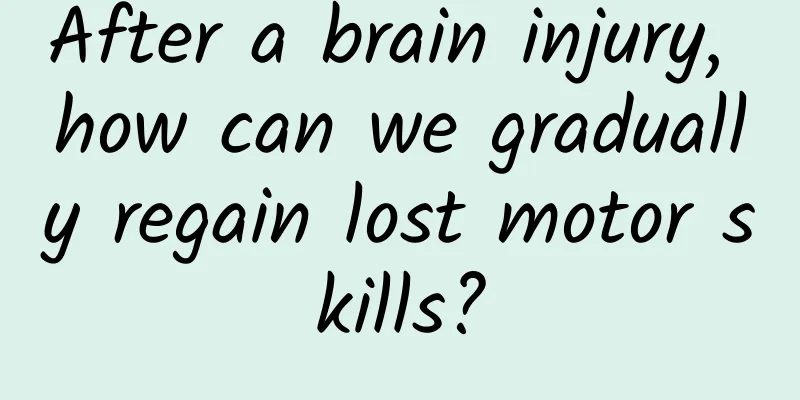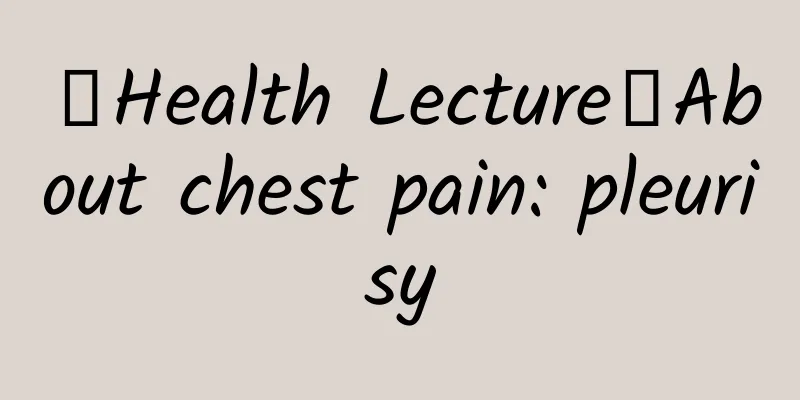After a brain injury, how can we gradually regain lost motor skills?

|
Author: Zhang Hao, Chief Physician, China Rehabilitation Research Center (Beijing Boai Hospital) Reviewer: Hu Wenli, Chief Physician, Beijing Chaoyang Hospital, Capital Medical University As a common neurological injury, brain trauma often causes patients to suffer from a variety of motor dysfunctions, seriously affecting their quality of life. Rehabilitation therapy, as an important means of recovery after brain trauma, is crucial to help patients regain the ability to take care of themselves. After a brain injury, patients often experience weakness or stiffness in their limbs, which is mainly caused by abnormal muscle tone. Muscle tone is the basis for maintaining body posture and performing various movements. After a brain injury, especially for patients with damage to the pyramidal tract, abnormal muscle tone often occurs. In the early stages, patients may show decreased muscle tone and loose limbs. At this time, family members may feel that the patient's limbs have no tension at all. However, as the recovery process progresses, muscle tone may gradually increase, manifesting as limb stiffness, and even affecting the patient's walking and daily life. Rehabilitation therapists will take appropriate measures to deal with abnormal muscle tension. For patients with low muscle tension, manual rehabilitation therapy, electrical stimulation or needle stimulation, such as acupuncture, will be used to stimulate the patient's muscles so that their muscle tension gradually returns to normal. For patients with high muscle tension, drugs that reduce muscle tension will be used, and training will be used to reduce muscle tension, including correct sitting and lying postures, to prevent excessive muscle tension from causing movement disorders. Figure 1 Original copyright image, no permission to reprint Walking function is one of the important goals of rehabilitation treatment for patients with brain trauma. For paralyzed patients, the therapist will start from the initial bed rest state and gradually train the patient's lower limb motor function until he can stand and walk. During this process, the therapist will use passive activities and induce active movements to help patients practice leg extension, leg flexion and ankle exercises to prepare for walking. After the patient has a certain degree of lower limb motor function, the therapist will begin to train the patient's standing and walking ability, paying attention to ensuring that the patient's affected limb has sufficient support and achieves alternation and balance between the left and right legs. For older patients or patients with poor functional recovery, the therapist may recommend the use of auxiliary tools such as crutches or balance bars to ensure the patient's walking safety and stability. Figure 2 Original copyright image, no permission to reprint Upper limb dysfunction is also one of the common problems in patients with brain trauma. The motor function of the upper limbs involves multiple parts such as the shoulder, elbow, wrist, and hand. For paralyzed patients, the functions of these parts may be affected. In rehabilitation therapy, therapists will train all the functions of the patient's upper limbs, including muscle strength, muscle tension, joint position, and movement patterns. For patients with limited movement of the shoulder, elbow, or wrist joints, therapists will conduct corresponding training to restore their motor function. In addition, for patients with ataxia and coordination disorders, therapists will also conduct target accuracy and stability training, such as asking patients to hold a basketball and keep it stable, or tying sandbags on their wrists to increase stability. Balance disorder is another major problem for patients with brain trauma to walk. In order to walk, patients need to have good balance. In rehabilitation treatment, the therapist will first train the patient's static balance ability so that he can stand stably. Then, gradually train the patient's dynamic balance ability, such as center of gravity shifting and stepping. For patients with severe balance disorders, the therapist may adopt a wide-base standing method, first allowing the patient to stand stably, and then gradually narrowing the distance between the two feet. In addition, the therapist will also train the patient's sitting and standing balance ability through games such as catching the ball to increase his body coordination and stability. In addition to motor dysfunction, patients with brain trauma may also have respiratory dysfunction. This may be due to brain damage affecting respiratory rhythm and breathing ability, or respiratory problems caused by tracheotomy and ventilator use. For patients with combined respiratory dysfunction, rehabilitation therapists will conduct corresponding respiratory and expectoration function training, such as using a vibrating expectorant, an expectorant, or back-patting to help patients expectorate. At the same time, therapists will also conduct breathing training to increase the patient's chest and diaphragm movement to help them expectorate more forcefully. These trainings not only help improve the patient's respiratory function, but also reduce the occurrence of lung infections and improve the patient's quality of life. |
<<: What is thyroid fine needle aspiration cytology?
>>: Brain injury recovery tips: Unlocking key skills such as breathing, vision, and self-care
Recommend
How many days will it be clean after medical abortion?
Most women who do not plan to have children choos...
Transplanted 8 days ago, white board but twins
We know that pregnancy is a whole process, whethe...
How to judge whether you are not pregnant when there are two lines on the pregnancy test stick
We all know that it is very difficult for every p...
Precautions for wisdom tooth extraction during breastfeeding
During breastfeeding, it is best not to extract w...
There is still a small amount of blood on the ninth day of abortion
Many women have had abortions because the best wa...
The whiter the hairtail skin, the more nutritious it is? Can eating fish eyes improve eyesight? Many people are unaware of this...
Expert in this article: Wang Silu, National Senio...
When is the uterus fully developed?
The development of the uterus has always been cri...
What should I pay attention to during sex with pelvic inflammatory disease?
We know that when women have gynecological diseas...
What to do if your period is light
Menstruation is something that every woman needs ...
How long after sex can I use a pregnancy test stick
Generally speaking, women who do not wish to beco...
Belly enlargement after laparoscopic surgery
An enlarged belly after laparoscopic surgery may ...
Brown discharge at 39 days of pregnancy
If there is abnormal brown discharge at 39 days o...
Argus Insights: Study finds consumer interest in wearables declining
Now, the wearable market has not fully taken off,...
What to do if pregnant women are infected
We all know that when women are pregnant, they ne...









